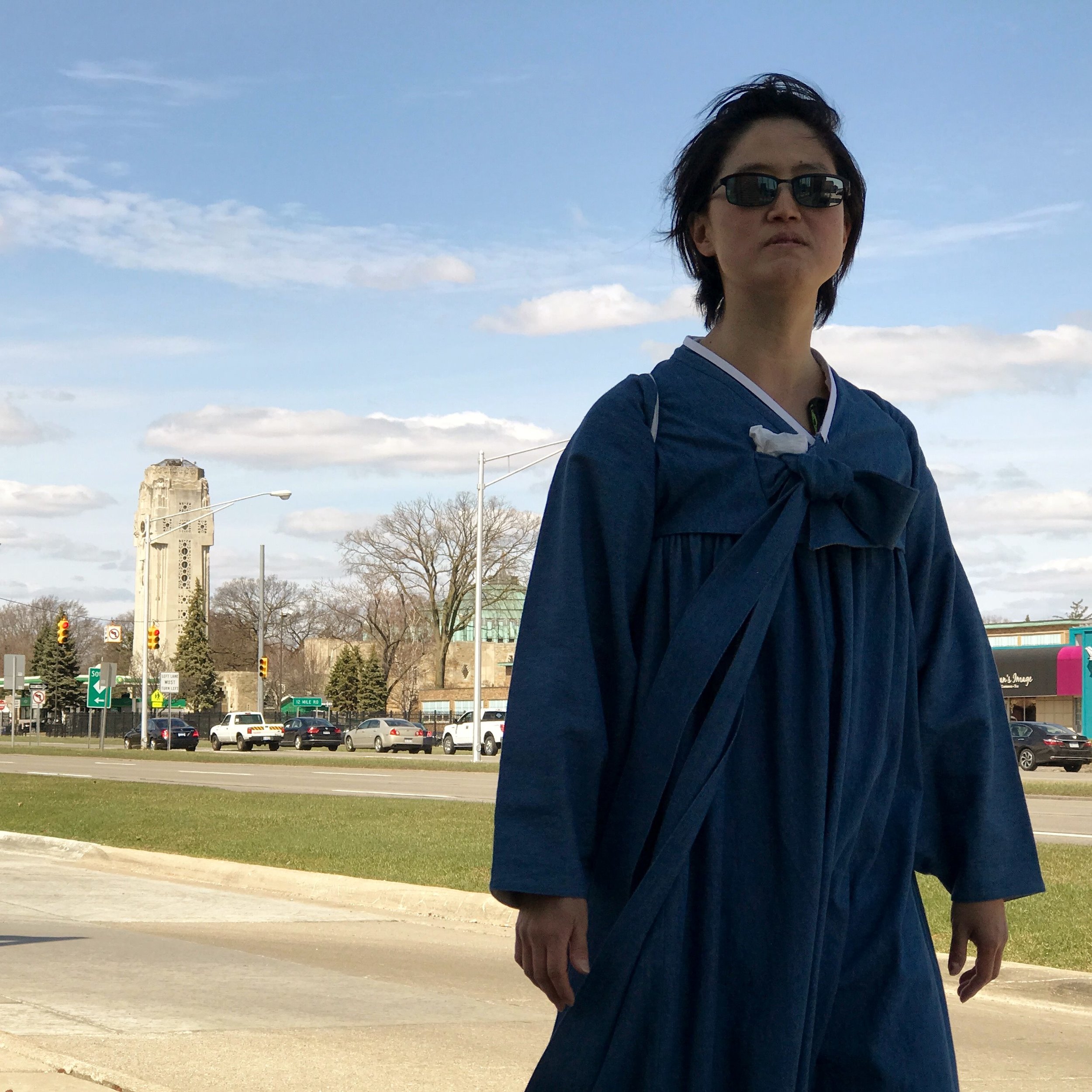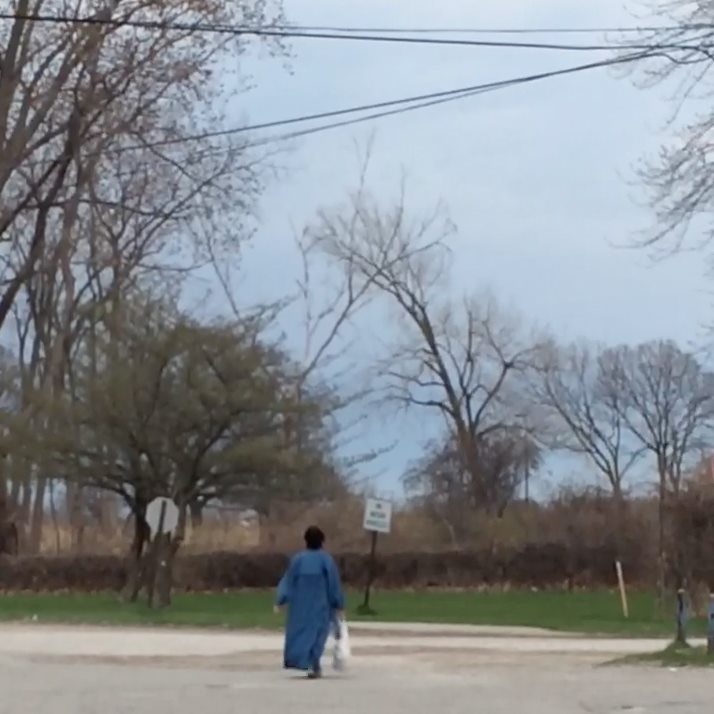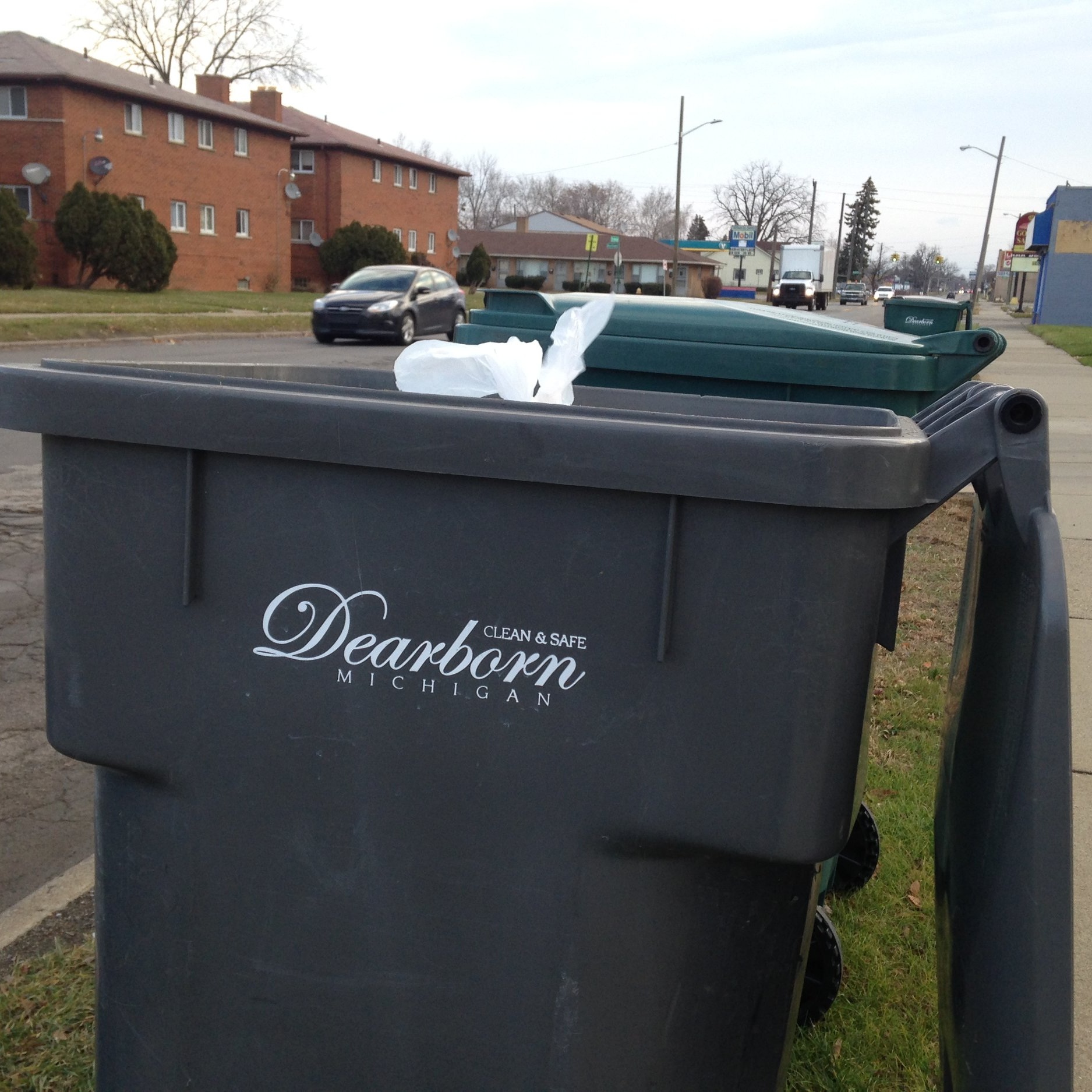Walking Detroit (2017-2018)
From Spring 2017 to Summer 2018, I conducted a performance project about the development of the Detroit metropolitan region. Called “Walking Detroit,” the project involved walking 25 miles along each of five major radial avenues that go from downtown Detroit through the city and suburbs. I also walked the borders of three suburbs as case studies: Dearborn, Inkster, and Bloomfield Hills. These durational walks functioned as a way to witness the built environment created by decades of racist and classist policies in housing, transportation, jobs and the environment. For me as an immigrant to the U.S. and a sojourner in Detroit, it was a way to reflect on my place in this place.
I got the idea for this project when someone first told me about the system of radial avenues in Detroit and how they were built on Native American paths. It set off a slew of associations in my mind about colonialism, genocide, urban sprawl, housing discrimination, white flight, and Grace Lee Boggs, along with my own history of immigration. With more research, I learned about Detroit's particular history of racial violence, the auto industry, urban renewal, and the Underground Railroad, as well as current issues of regionalism, bankruptcy, water access, and neoliberal policies. Walking down these roads provided plenty of time to witness and reflect on these complex connections.
I chose 25 miles as the distance because that's how far the shortest of these roads extends: Woodward Avenue from the Detroit River to Pontiac. The other roads go further;
the longest of them, Michigan Avenue, stretches west across the state through Indiana and into Chicago.
The distance of 25 miles is enough to take you through the city, inner ring suburbs, outer ring suburbs and, on some roads, past suburbia itself. This seemed appropriate: although it is the city of Detroit that attracts the headlines and "ruin porn" fascination, it is in fact a story about the metropolitan region as a whole -- Detroit would not look the way it does without the suburbs, and vice versa.
I chose to walk, but I know for many it is not a choice. For the 25% of Detroit city residents without a car, walking is often the only mode available in a car-dependent region without adequate public transportation.
While walking, I wore a traditional Korean dress made from denim, an all-American fabric imbued with the history of slavery in cotton and indigo, and associated with frontier settler colonialism. I wanted to wear my identity on my sleeve, literally, and place myself in the landscape, to undermine any anthropological stance of neutrality or observation.
Click on photos for more information about each walk.
Suburban case studies
I chose to do “case studies” of specific suburbs that caught my attention or were meaningful to me. Like mainstream “American” culture, suburbs are the invisible norm that everything else is found to be different from. With the case studies, I walked the borders of the suburbs, as a way to highlight the function of borders in establishing belonging, exclusion, and sovereignty.
“Generally speaking, in the US, a westward movement, which was in fact a multitude of distinct movements, is followed by a multitude of outward movements…. in many ways suburbia was re-enacting settlement (in turn, the settlement of the Midwest had re-enacted the settlement of New England, which was an attempt to re-enact an idealised vision of a long lost “merry England”). … suburbia is an inherently exclusive political form, exclusive in terms of class, ethnicity, and reproductive choices.”
— Lorenzo Veracini, “Suburbia, settler colonialism and the world turned inside out.” Housing, Theory and Society, 29(4), 339–357. 2012.
Click on photos for more information about each walk.
“History is not the past. It is the present. We carry our history with us. We are our history.”







